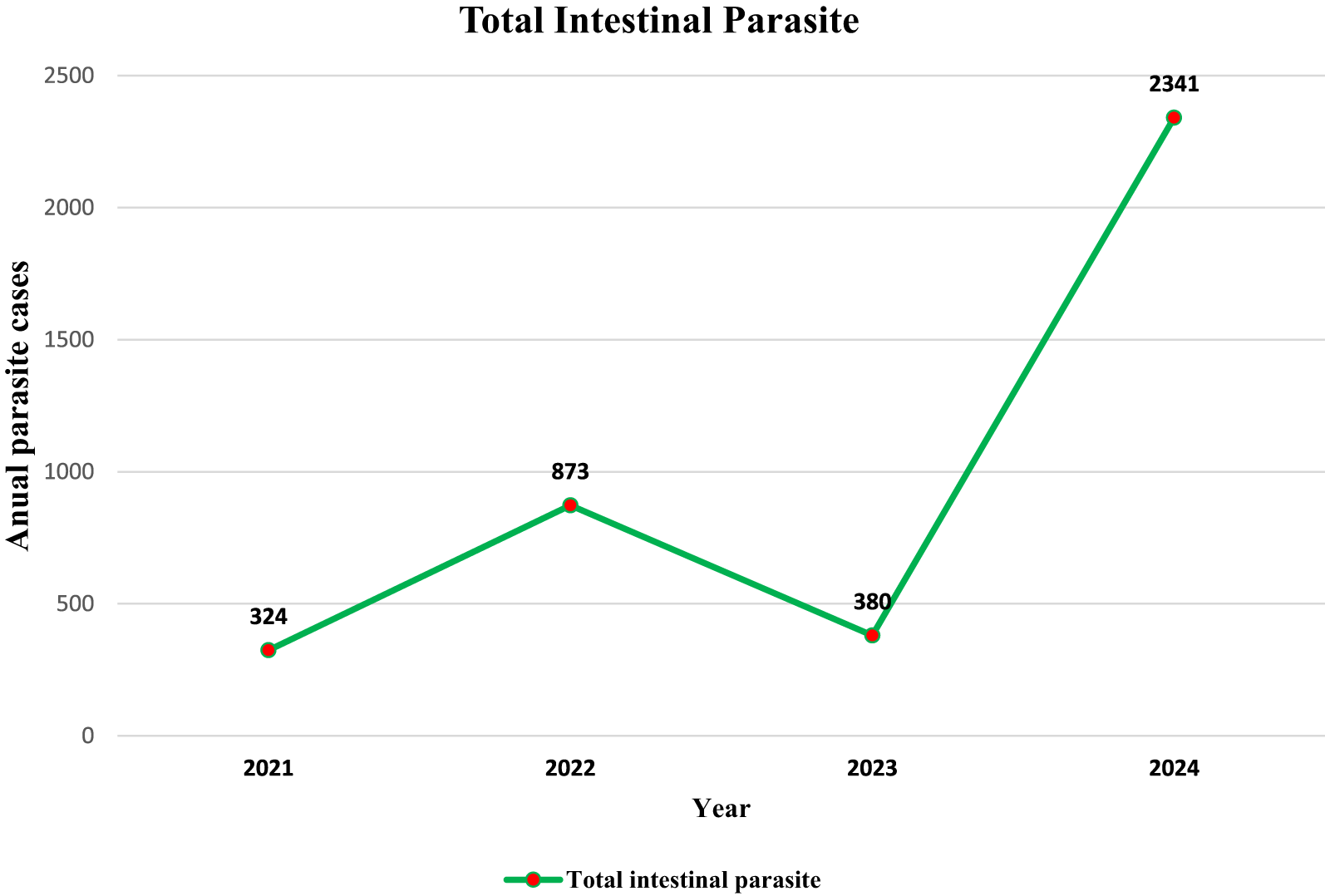The results of this four-year retrospective study at Burao General Hospital in Somaliland provide valuable insights into the prevalence and distribution of intestinal parasites in the region. These findings reveal a significant burden of…
Prevalence and species distribution of intestinal parasites: a four-year retrospective study at Burao general hospital, Somaliland | BMC Research Notes
